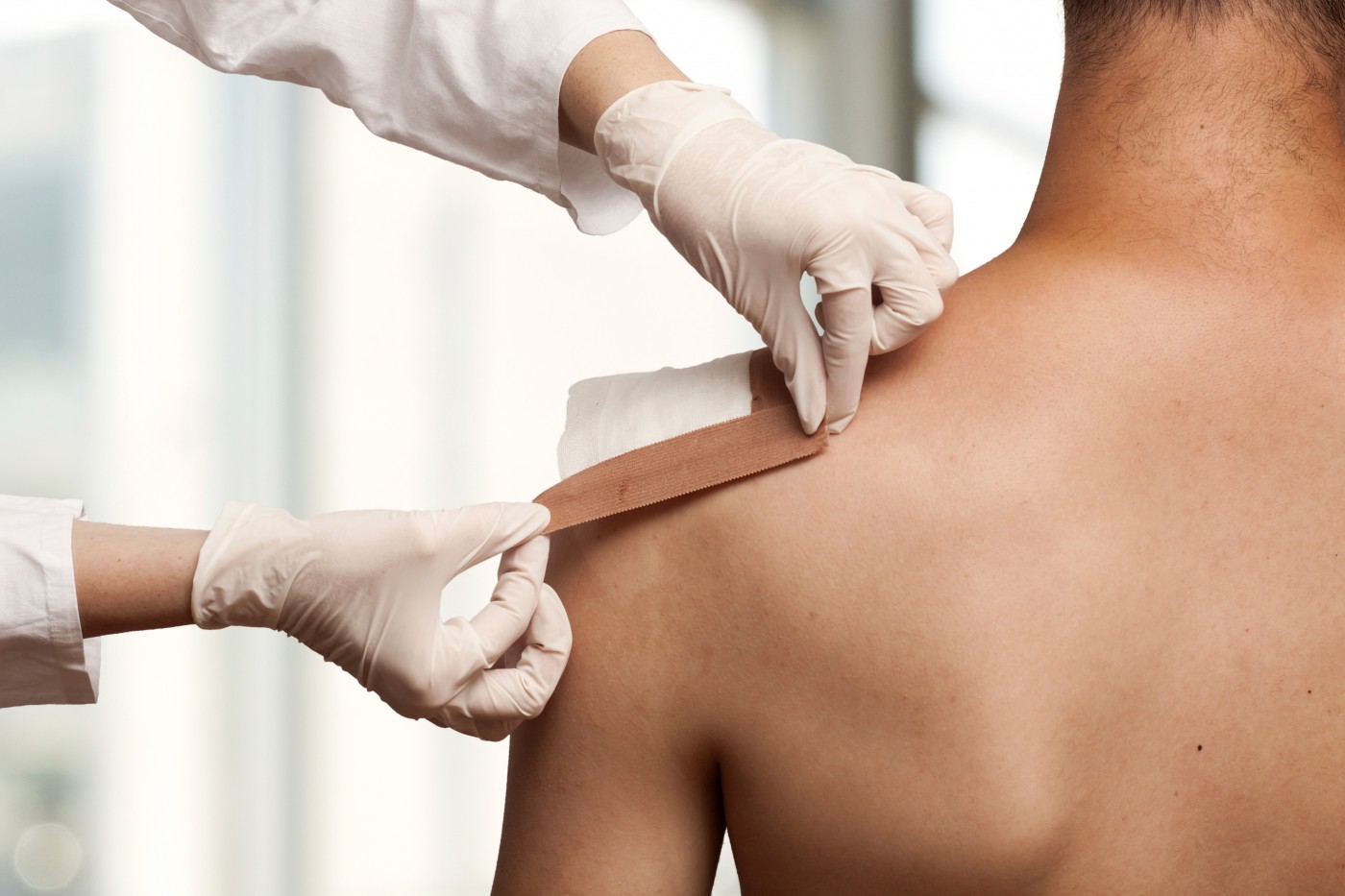 According to the results of a recent study, patients’ use of mobile devices to capture skin images appears feasible and effective for temporary monitoring of atypical skin lesions.
According to the results of a recent study, patients’ use of mobile devices to capture skin images appears feasible and effective for temporary monitoring of atypical skin lesions.
In clinical practice, short-term monitoring of atypical skin lesions requires a monitoring time of 2.5 to 4.5 months. Evidence shows that approximately 11% to 18% of monitored lesions that change their appearance will be diagnosed as malignant after this time. With the advance of technology, patient-driven mobile teledermoscopy (a mobile device attached to the phone camera) may be applicable for monitoring of skin lesions.
In the study titled “Feasibility and Efficacy of Patient-Initiated Mobile Teledermoscopy for Short-term Monitoring of Clinically Atypical Nevi,” recently published in JAMA Dermatology, Xinyuan Wu, B.A. of Memorial Sloan Kettering Cancer Center in New York and colleagues assessed the viability, efficacy, and patient interest of teledermoscopy for temporary monitoring of clinically atypical skin nevi.
The prospective study included a total of 29 patients referred to a health center in New York that had one or more atypical skin lesions (nevi). All patients had their dermoscopic images obtained via office-based dermatologists and were required to take pictures with their iPhones. All participants were asked to complete questionnaires assessing skincare awareness and perceptions of teledermoscopy. Then, to understand the feasibility of the teledermoscopy approach, researchers compared the office-based dermatologist images evaluation with a teledermatologist evaluation (via Internet) of clinical lesions taken with patient’s phone cameras.
After a follow-up of 3 to 4 months, results revealed that 97% (n=28) of the patients were able to successfully capture both baseline and follow-up images that were then evaluated by the teledermatologist. Furthermore, there was a 0.87 concordance in the diagnosis between the office-based dermatologist and the teledermatologist. Results from the questionnaire responses showed that study participants were receptive to the teledermoscopy approach for temporary monitoring of their skin lesions.
Findings from this exploratory study indicate that teledermoscopy is a feasible and effective technique for short-term monitoring of atypical nevi. Based on these results, the researchers suggest that teledermoscopy implementation can increase patient accessibility, improve clinicians schedule, and promote clinical efficiency.


